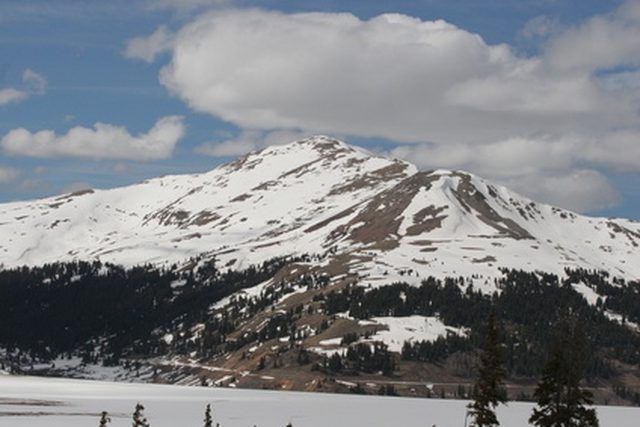Bulbs
Flower Basics
Flower Beds & Specialty Gardens
Flower Garden
Garden Furniture
Garden Gnomes
Garden Seeds
Garden Sheds
Garden Statues
Garden Tools & Supplies
Gardening Basics
Green & Organic
Groundcovers & Vines
Growing Annuals
Growing Basil
Growing Beans
Growing Berries
Growing Blueberries
Growing Cactus
Growing Corn
Growing Cotton
Growing Edibles
Growing Flowers
Growing Garlic
Growing Grapes
Growing Grass
Growing Herbs
Growing Jasmine
Growing Mint
Growing Mushrooms
Orchids
Growing Peanuts
Growing Perennials
Growing Plants
Growing Rosemary
Growing Roses
Growing Strawberries
Growing Sunflowers
Growing Thyme
Growing Tomatoes
Growing Tulips
Growing Vegetables
Herb Basics
Herb Garden
Indoor Growing
Landscaping Basics
Landscaping Patios
Landscaping Plants
Landscaping Shrubs
Landscaping Trees
Landscaping Walks & Pathways
Lawn Basics
Lawn Maintenance
Lawn Mowers
Lawn Ornaments
Lawn Planting
Lawn Tools
Outdoor Growing
Overall Landscape Planning
Pests, Weeds & Problems
Plant Basics
Rock Garden
Rose Garden
Shrubs
Soil
Specialty Gardens
Trees
Vegetable Garden
Yard Maintenance
How Does Topography Influence Weather?
How Does Topography Influence Weather?. The topography of Earth's surface is one of the primary factors that causes our daily weather. Changes in elevation, especially around high mountain ranges, determine the distribution of precipitation on our planet. Bodies of water, especially Earth's oceans, shape our climates and create the high- and...

The topography of Earth's surface is one of the primary factors that causes our daily weather. Changes in elevation, especially around high mountain ranges, determine the distribution of precipitation on our planet. Bodies of water, especially Earth's oceans, shape our climates and create the high- and low-pressure systems that cause weather events.
Water vs. Land: Differential Heating of Surface Materials
Differential heating of surface materials helps to create weather systems. Water heats up and cools down much more slowly than land. As the sun shines, air masses over land become warmer than air masses over water. This creates "hot spots" and "cold spots," or areas of low and high pressure. These areas--the edges of which are referred to as warm and cold fronts--are moved around the planet by prevailing winds, creating such aspects of weather as level of precipitation, the speed and direction of winds, temperature and degree of cloud cover.
Water vs. Land: Climate and Temperature
The topography of an area also helps determine the climate. This is because of ocean currents that carry masses of warm or cool air to coastal locations. Much of the U.S.' eastern coast, for instance, experiences warmer temperatures because of the Gulf Stream, a warm ocean current. In contrast, Maine experiences colder temperatures because the Gulf Stream doesn't reach that far north. Instead, Maine is affected by the Labrador current, which carries cold air masses from the north. Areas near oceans and large lakes have smaller temperature ranges than landlocked, or continental, areas.
Water vs. Land: Precipitation
Coastal areas are more likely to have more precipitation than continental areas because there's more water vapor in air masses above water. When these air masses move over land, they heat and rise. As the air rises, it cools and the water vapor condenses, forming clouds and precipitation. Daily weather such as a rain or snow often has a nearby body of water as its root cause. Similarly, desert environments receive little rainfall.
Elevation: Windward Side
Rates of precipitation are also influenced by elevation. When an air mass hits a mountain range, it's forced to rise. As it rises, it cools and the water molecules within condense--a process known as adiabatic cooling. The condensing water vapor forms clouds and water droplets, resulting in precipitation. The side of a mountain range that receives wind and air masses, called the windward side, experiences large amounts of precipitation. An example in the United States is Seattle, Washington, which experiences high levels of precipitation because it's on the windward side of the Cascade Mountains.
Elevation: Leeward Side
Just as mountain ranges help create large amounts of precipitation on windward sides, there's usually little precipitation on the opposite, or leeward, sides because the air masses moving over the mountains have dropped moisture on the windward side of the range. Leeward sides of mountain ranges are said to be in a "rain shadow." Many areas to the east of the Rocky Mountains receive little precipitation because of the nearby topography.